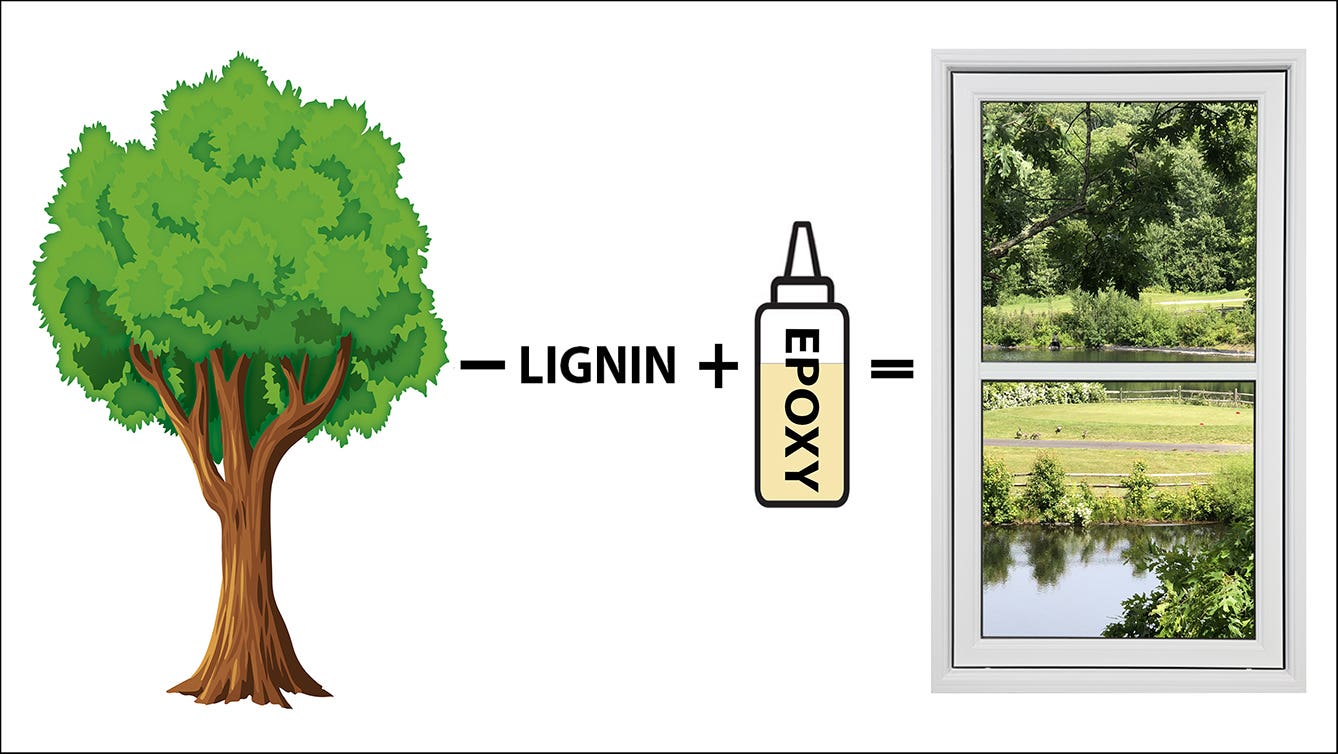Whenever I build a project, I do my best to make it look perfect, from the joinery and assembly to the final sanding and finish. But over time, as the project ages and gets handed down from one generation to the next, it becomes an antique — with all the dents, dings, and patina you’d expect.
Speed up the process
So what do you do if you don’t want to wait for that to happen?
In the photo at right, you can see how we added wear and tear to turn a tool chest into an “instant” antique.
And the nice thing is, it only takes a couple hours using nothing more than a few common tools.
But before you start, you want to be sure to keep the look realistic. So it’s a good idea to think about the kinds of wear and tear a piece of furniture might show after a hundred years — and where you would see it.
Furniture and projects that rest on the floor, like a tool chest, get moved around a bit. So you can be sure that sharp edges and corners will end up rubbed and rounded over. And the lower third of a project gets the brunt of mops and brooms over the years — with dents and dings to show for it.
Another area that sees a lot of abuse is the top of a project. At some time or another, just about everything gets set, dropped, and dragged across it. And just like the lower parts of a piece of furniture, the edges will get banged and bruised as well.
Wear & tear
There are a number of ways to duplicate all this wear and tear. Sandpaper makes quick work of knocking off sharp corners. But a freshly sanded edge isn’t something you’d see on an antique. To give the edge the well-worn feel that develops over time, run the shank of a screwdriver along the edge to burnish it.
Burnishing these areas also helps out when it comes time to apply a stain or wax later. They won’t absorb as much of the stain or wax. So they’ll stay lighter than the rest of the project — which is exactly what would happen after years of use.
When it comes to the top of a project, you can add “age” with a ring of keys.
Simply tie a piece of string to the ring and then bounce or swing the keys against the surface. Depending on the effect you’re looking for, you may have to use a bit of force here.
Or for something really simple, you can cut the head off a screw or bolt. Then just tap the threads against the surface or near an edge lightly with a hammer.
Insect attack
Once I’ve “worn” the project, I add another detail often seen on old furniture — and that’s insect damage. For this, all you need is a piece of wire and a sharp point.
An awl makes quick work of placing a few tell-tale exit hole. And a bent piece of wire tapped into the surface mimics the look of a tunnel.
Highlight the marks
At this point, what you’ve done is probably a little hard to see. So the last step is to highlight the wear and tear and give the project its final look, or patina.
The patina on an antique is the result of years of exposure to light, dirt, grease, and wax. But you can get a head start on this process in a couple of different ways.
For the project you see in the main photo, I simply rubbed on a coat of colored wax (Briwax Tudor Brown) and then buffed it out once it was dry. And don’t worry about wiping the wax off evenly.
A little extra in the dents, dings, and corners mimics the look of built-up grime.
Final thought
There’s one last thing I’d like to mention. Putting in a few nicks and dents is one thing, just don’t get carried away.
This article originally appeared in our sister publication, Woodsmith and in our January 2024 issue.







